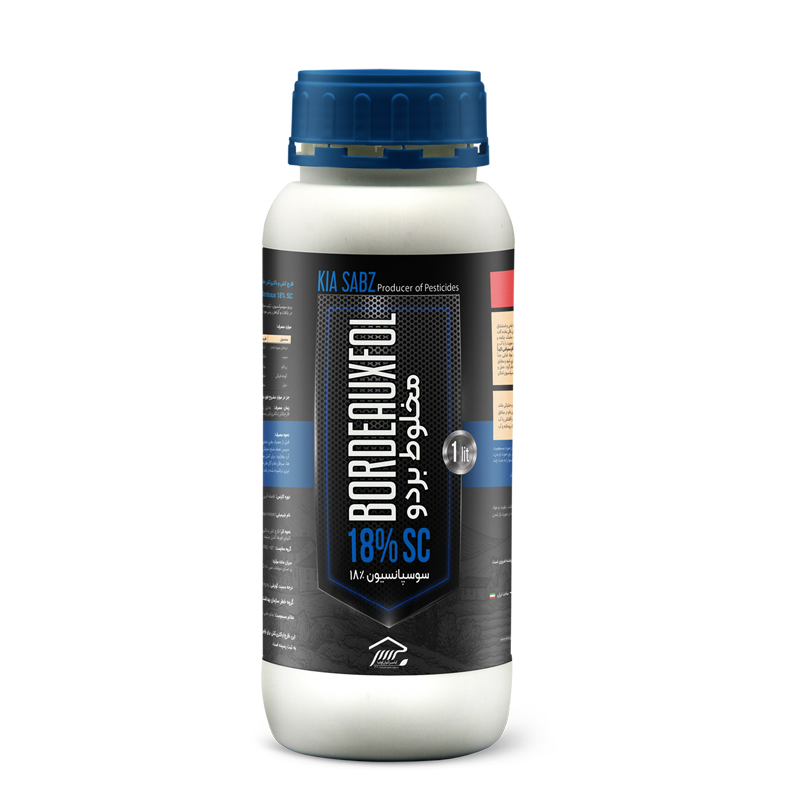
Bordeaufol
types and doesn’t has a high sensitivity against soil fertility and soil limitations such as salinity and sodicity but it needs to sufficient light and suitable temperature during growth. Grape requires to potassium, magnesium, nitrogen, zinc, boron, calcium and manganese more than other nutrients. Potassium causes the activation of many enzymes, production and transferring the sugar in plant, increasing the plant resistance against pests, diseases, environmental stresses and also fruit marketability. Nitrogen plays an important role in vegetative growth and increasing the grain number in cluster and phosphorous is important in rooting and flowering. One of the common deficiencies in grape plant is the magnesium deficiency which leads to stem rot, losing of the clusters, and reduce the sugar in fruit and also the yield in future years. Calcium has an important role in fruit firmness and increasing the fruit storage property and its deficiency leads to stem rot and change the fruit color. Foliar application of calcium fertilizer along with amino acid and boron is the best method to supply the grape requirement to calcium and boron, because the amino acid and boron can increase the calcium uptake efficiency in plant. Boron deficiency causes the reduce flowering, clusters and grape grain and deform the clusters. Zinc deficiency causes the small leaves and reduces the photosynthesis, cluster numbers and fruit falling. Iron, manganese and copper are effective on activation of enzymes, sugar metabolism and photosynthesis and they could be used by foliar application during fruit development stage or by winter- drill hole fertilizer application to supply the micronutrients. Also, it has a significant effect the application of humid acid on nutrients uptake by grape.

